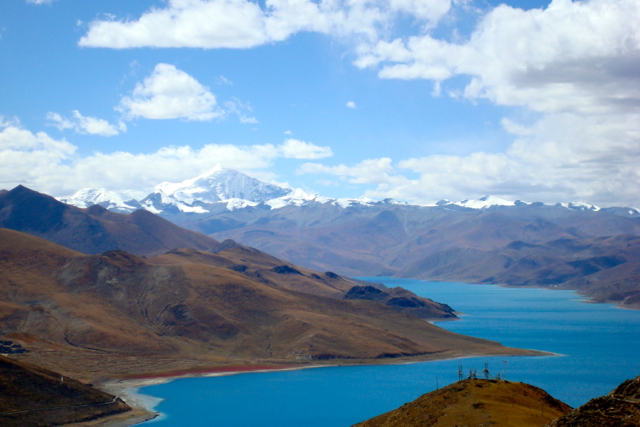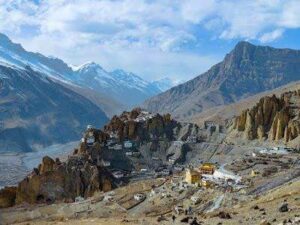10 most unexplored hills and highlands
Unexplored hills and highlands are nature’s hidden treasures, often untouched by mass tourism and rich in pristine beauty. These remote landscapes offer breathtaking vistas, unique biodiversity, and a serene atmosphere that invites adventure and reflection.
Many remain difficult to access, preserving their natural charm and cultural heritage. From mist-covered slopes to rugged high-altitude plateaus, such places are perfect for trekkers, nature enthusiasts, and those seeking solitude.
They also provide opportunities to discover rare flora and fauna, local traditions, and unspoiled ecosystems. Exploring these less-traveled elevations opens a window into a world where nature thrives in its purest form.
World is full of various beautiful destinations and India contributes major portion due to it’s hill stations, historical places, unexplored places, honeymoon places, wildlife and more. Here’s an evocative image hinting at the enigmatic terrains that pique our collective curiosity—the world’s most unexplored hills and highlands.
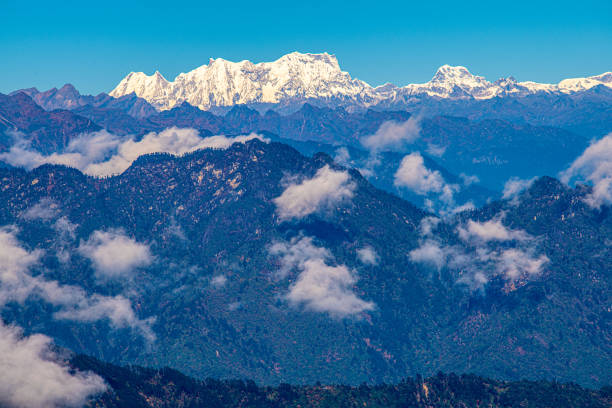
Let’s journey into these remote elevations and uncover ten of the most uncharted hill or mountain regions—places that remain shrouded in mystery due to their inaccessibility, cultural protections, or sheer wildness. This deep dive will explore their geography, why they remain so elusive, and the unique allure each holds.
1. Gangkhar Puensum, Bhutan
Highlights: At around 7,570 m, this is the highest unclimbed mountain on Earth. Its summit has never been reached, and Bhutan has banned mountaineering above 6,000 m out of reverence for local spiritual beliefs .
Why Unexplored: A combination of sacred cultural prohibitions and extreme weather keeps it untouched. Reddit users similarly recognize its mystique:
“Top of the list is Gangkhar Puensum in the kingdom of Bhutan… the highest unclimbed one.”
2. Tsingy de Bemaraha, Madagascar
Highlights: A “stone forest” of jagged limestone spires, canyons, and caves—rich in endemic species and underexplored ecosystems .
Why Unexplored: Its terrain is nearly impassable. Much of the preserve is off-limits, making comprehensive exploration a challenging endeavor.
3. Star (Star Mountains), Papua New Guinea
Highlights: This remote limestone plateau with the Hindenburg Wall hides vast biodiversity; surveys found nearly 100 species new to science out of 1,108 found .
Why Unexplored: Dense jungle, extreme humidity, lack of roads, and rugged terrain limit access.
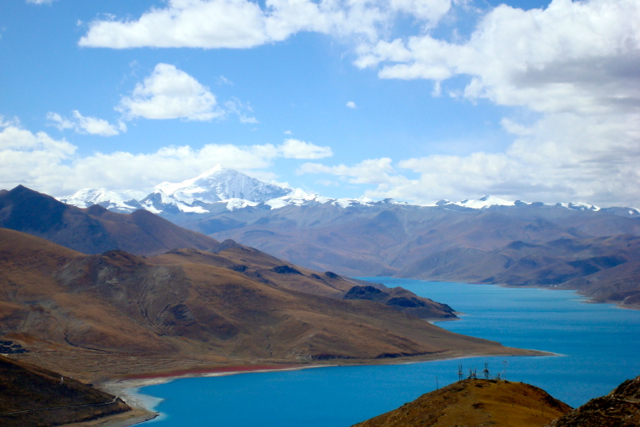
4. Vale do Javari, Brazil
Highlights: One of the largest indigenous territories—size of Austria—home to at least 14 uncontacted tribes, surrounded by dense Amazonian forest .
Why Unexplored: Both legal protections and ethical considerations prohibit intrusion; only aerial images have offered glimpses.
5. Northern Forest Complex, Myanmar
Highlights: A vast expanse of subtropical forest bordering the eastern Himalayas, home to tigers, red pandas, bears, and gibbons .
Why Unexplored: Inaccessibility compounded by political instability; as noted by Redditors, this region—even compared to the Amazon—is “the Amazon of the temperate world” .
6. Sakha Republic (Yakutia), Russia
Highlights: A territory larger than India, dominated by permafrost; Lena River Delta and remote mountains remain scarcely touched .
Why Unexplored: Its harsh climate—summer steel and winter extremes—plus massive isolation make exploration extremely difficult.
7. Greenland Ice Sheet & Northern Greenland
Highlights: Vast ice covering 80% of Greenland, with potential subglacial features and untapped landscapes beneath .
Why Unexplored: Remote, frigid environment and the sheer thickness of ice obstruct meaningful exploration.
8. North Sentinel Island
Highlights: Small island in the Bay of Bengal, home to the Sentinelese, an isolated tribe fiercely defending their isolation .
Why Unexplored: Violent resistance to outside contact and strict Indian government bans make it one of the most inaccessible places globally.
9. Cape Melville, Australia
Highlights: A field of massive granite boulders and rainforest, this peninsula was only accessed by helicopter in 2013. Scientists discovered three new species upon entry .
Why Unexplored: Physical remoteness and challenging terrain, despite being relatively near civilization.
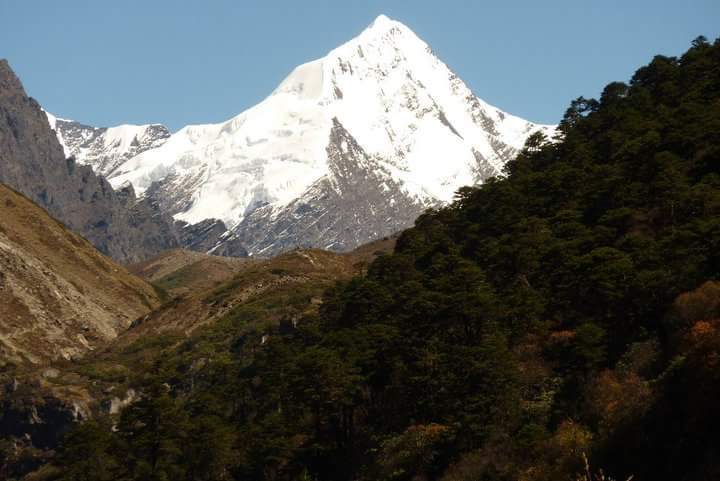
10. Mount Roraima, Venezuela–Brazil–Guyana
Highlights: A towering tabletop mountain (tepui), with unique ecosystems and species, rising dramatically from the jungle .
Why Unexplored: Its sheer walls, remote triple-border location, and mystic aura deter casual exploration.
Summary Table
| Location | Why It’s Unexplored |
|---|---|
| Gangkhar Puensum (Bhutan) | Sacred, extreme, banned from climbing |
| Tsingy de Bemaraha (Madagascar) | Impenetrable limestone maze |
| Star Mountains (PNG) | Remote jungle plateau, biodiversity-rich, inaccessible |
| Vale do Javari (Brazil) | Indigenous territory, off-limits legally |
| Northern Forests (Myanmar) | Dense, politically unstable, understudied |
| Sakha (Russia) | Permafrost, vast, uninhabitable |
| Greenland Ice Sheet | Thick ice, frigid, logistically tough |
| North Sentinel Island | Aggressive isolationist tribe, government ban |
| Cape Melville (Australia) | Remote, rugged rainforest and boulders |
| Mount Roraima | Remote summit, access barriers, ecological wonder |
Final Reflections
These hill and mountainous regions remain some of Earth’s final frontiers—not due to a lack of interest, but because of culture, inaccessibility, and awe-inspiring natural defenses. They’re not just destinations; they’re reminders of the planet’s wild heart and our duty to respect what remains protected—whether by nature or by people.

